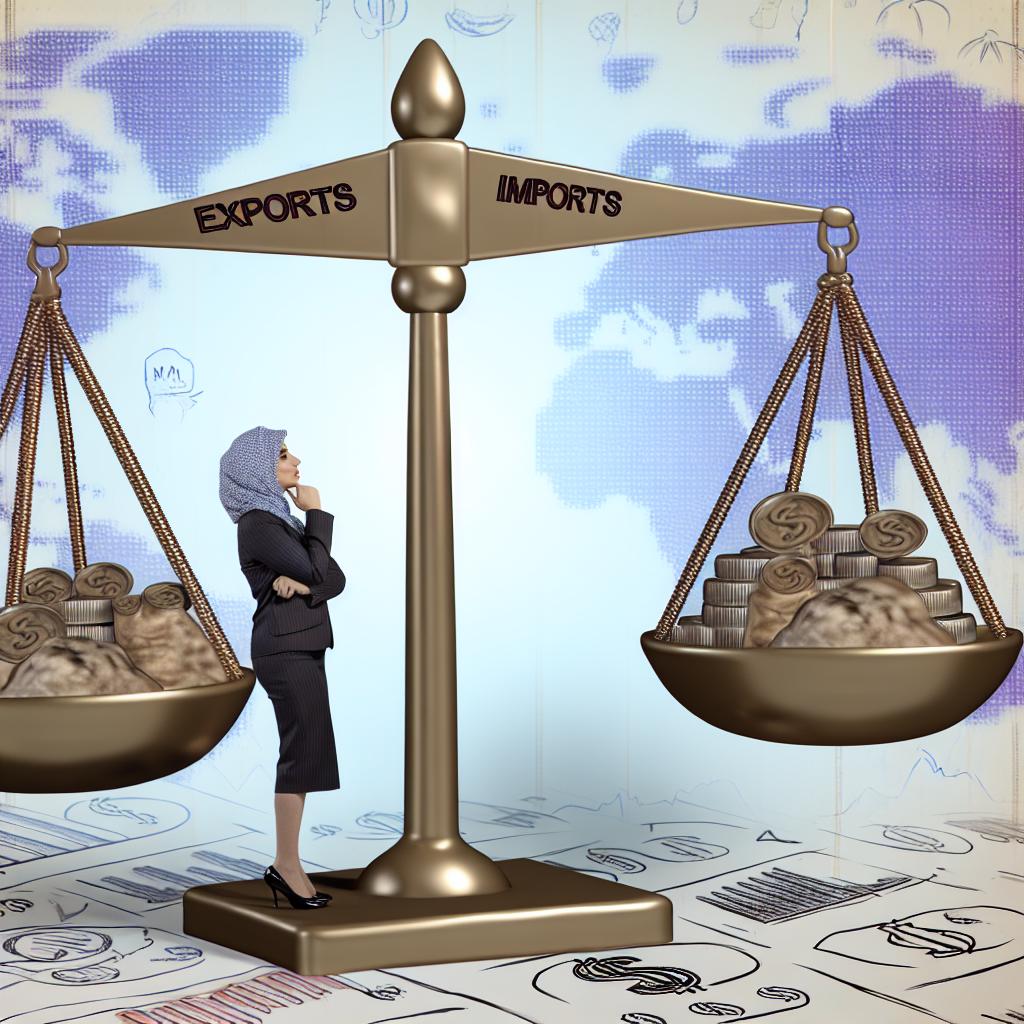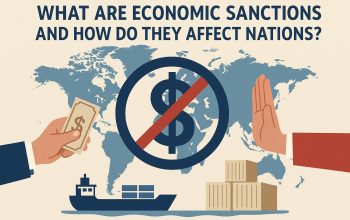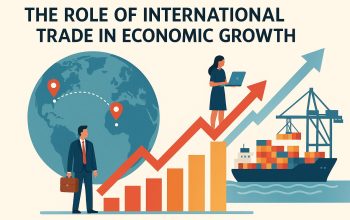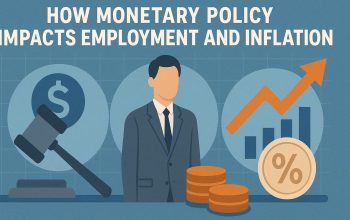Understanding Trade Surplus and Trade Deficit
In the realm of international economics, the terms trade surplus and trade deficit are frequently discussed. They refer to the balance of trade in goods and services between a nation and its international trading partners. Understanding these concepts is crucial for comprehending the economic health and policies of a country.
What is a Trade Surplus?
A trade surplus occurs when the value of a country’s exports of goods and services exceeds the value of its imports. In simpler terms, it means that the nation is selling more to the rest of the world than it is buying. This surplus can be indicative of the competitive strength of a country’s economic sectors on the global stage.
Implications of a Trade Surplus
A trade surplus is often symptomatic of a country’s export-oriented economic strategy. It signals that domestic industries are producing and selling an abundance of goods and services beyond local demand. There are several implications associated with a trade surplus, which include, but are not limited to, the following:
Strengthening of National Currency: A consistent trade surplus tends to lead to an appreciation of the national currency. This is because international buyers, in purchasing a nation’s goods and services, also need to acquire that nation’s currency, increasing its demand. As a result, this can enhance the purchasing power of a country’s currency on the global market.
Increase in Foreign Reserves: A country with a trade surplus often accumulates significant foreign exchange reserves. These reserves can be strategically used by the government or central bank for various purposes, such as settling international debt, stabilizing the local currency, or investing abroad. A robust foreign reserve also acts as a buffer during economic uncertainties or downturns.
Potential for Trade Tensions: While generally seen as advantageous, a persistent trade surplus can lead to tensions with trade partners. Countries experiencing trade deficits with a surplus nation may perceive the imbalance as an economic challenge and could resort to protective measures. Such tensions can sometimes escalate into trade wars, with tariffs and quotas imposed as retaliatory actions.
Other Economic Impacts: On the domestic front, a trade surplus can boost local industries and employment rates associated with the export sector. It tends to stimulate economic growth, increase governmental revenues from export duties or taxes, and potentially lead to lower interest rates due to the stronger currency. However, it is important to note that an overheated export sector might crowd out other sectors of the economy, leading to an imbalanced growth structure.
What is a Trade Deficit?
Conversely, a trade deficit occurs when the value of a country’s imports exceeds the value of its exports. This means the nation is buying more from the world than it is selling. Trade deficits are often viewed as an indicator of economic reliance on foreign goods and services, but they also have nuanced implications.
Implications of a Trade Deficit
While often scrutinized, a trade deficit is not inherently negative. The economic context around the deficit often dictates its impact, and it should be assessed on a case-by-case basis. Key implications of a trade deficit include:
Weakening of National Currency: A trade deficit can lead to a depreciation of the national currency in the exchange rate markets. When a country imports more than it exports, there is an outflow of its currency as it buys foreign goods and services, leading to a decrease in demand for the domestic currency. This can result in lower purchasing power and affect the country’s ability to buy foreign goods affordably.
Increased Consumer Choice: A trade deficit often suggests that consumers in the nation have a wide range of goods and services from which to choose, often at competitive prices. In many cases, this access to diverse imported goods can improve consumer satisfaction and increase the overall standard of living. Additionally, businesses might benefit from access to advanced technologies and cheaper raw materials.
Potential for Foreign Debt Intensification: Prolonged trade deficits may require financing from international creditors, leading to an accumulation of foreign debt. While this borrowing can support domestic consumption and investment, it may also create long-term obligations. Over-reliance on foreign debt can limit future economic policy options and potentially lead to economic instability if not managed well.
Reflection of Strong Domestic Economy: A trade deficit might highlight a robust domestic economy characterized by high levels of consumption and investment. For instance, a trade deficit due to increased importation of capital goods may indicate domestic investment in infrastructure and productive capacities, which could, in the long run, contribute to economic expansion.
Factors Influencing Trade Balances
Several factors can influence whether a country experiences a trade surplus or deficit. These factors involve multispectral economic dynamics and global interactions.
Exchange Rates
Fluctuating exchange rates significantly impact a nation’s trade balance. A weaker domestic currency generally makes exports cheaper for foreign buyers and imports more expensive, potentially reducing a trade deficit or increasing a trade surplus. Conversely, a stronger currency tends to make exports costlier and imports cheaper, affecting the trade balance accordingly.
Economic Growth Rates
The economic conditions within a country directly influence its trade balance. Rapid economic growth often increases domestic consumption, leading to more imports and potentially a greater trade deficit. Conversely, if growth is export-driven, it might contribute to a trade surplus.
Trade Policies
Governmental trade policies, including tariffs, quotas, and trade agreements, play substantial roles in shaping a country’s trade balance. Protectionist policies seeking to reduce imports can help achieve a trade surplus, while free trade policies opening markets may result in trade deficits, depending on the comparative strengths of the local economy.
Global Economic Climate
The international economic environment also influences trade balance. Global recessions, for instance, tend to reduce demand for goods and services worldwide, affecting export-oriented economies. Conversely, times of global economic boom can create increased demand for imports in growing markets.
Conclusion
Trade surpluses and deficits are integral components of a nation’s economic landscape. While both have their advantages and challenges, they are not inherently problematic. Instead, the context—such as economic conditions, policy responses, and global dynamics—determines how each situation affects a country’s economy.
In understanding trade balances, countries often need to consider a holistic approach encompassing fiscal policies, international relations, and domestic economic strategies to manage any potential repercussions effectively. Exploring comprehensive resources and analyses by organizations like the International Monetary Fund (IMF) or the World Trade Organization (WTO) can provide deeper insights into how these trade dynamics play out on the global stage.
This article was last updated on: June 23, 2025




